
Adult stem cells are a powerful source in tissue regeneration as well as in cancer. How adult stem cells are regulated in health, disease and aging is still not very well understood.
What contribution has the stem cell itself to changes in its phenotype, or is the niche the driving force?
Is aging of stem cells a common theme, and can we develop, based on our knowledge, pathways that revert aging?
These are questions we would like to find answers for in the Geiger lab.
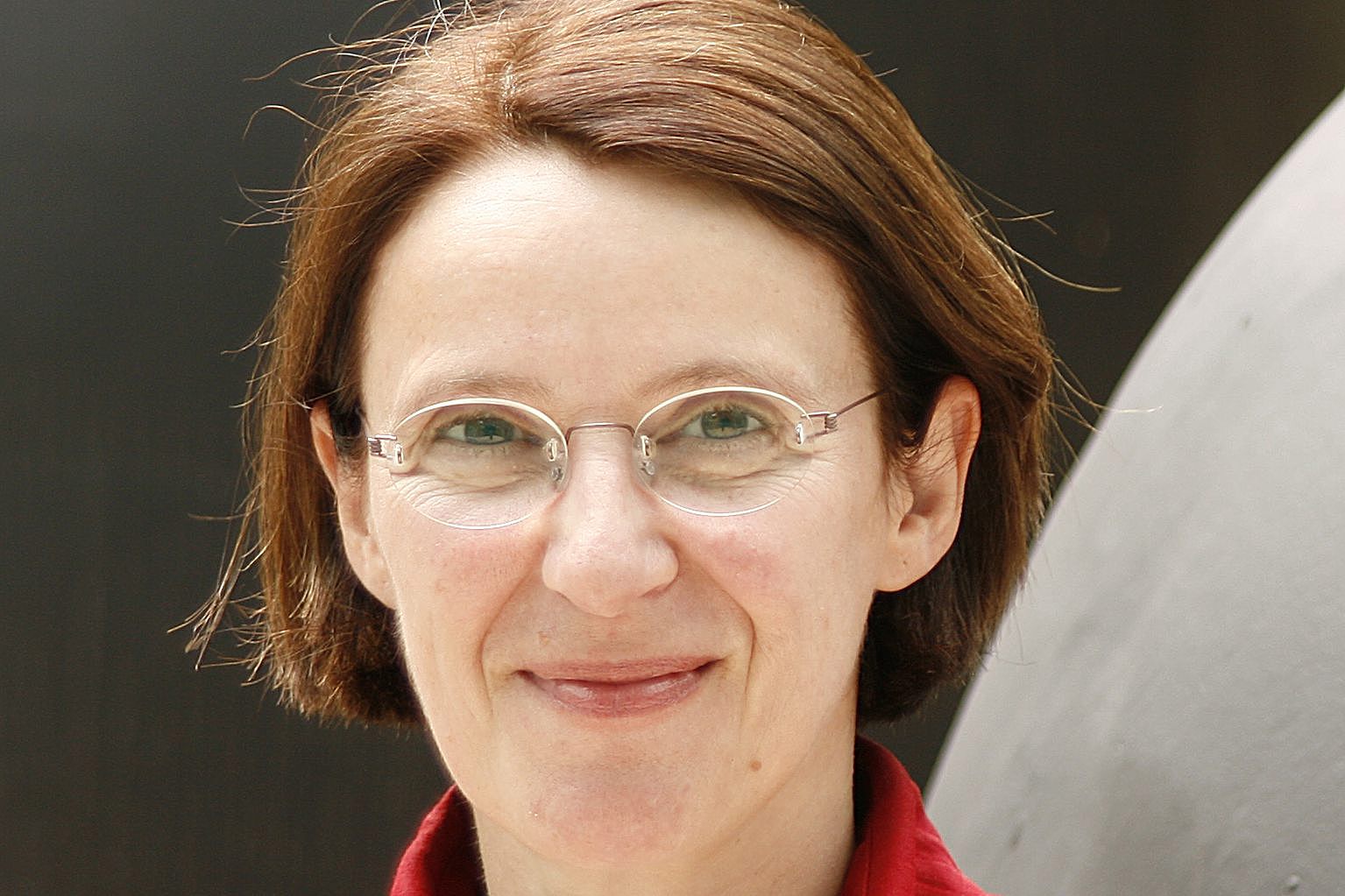

The Institute for Experimental Cancer Research mainly focuses on basic research on acute leukemias. We investigate the role of different factors in leukemia, as well as possible anti-cancer mechanisms. Therefore we use a broad spectrum of in vitro and in vivo assays, use immortalized leukemic cell lines as well as primary leukemic patient samples and cord blood as healthy counterpart.
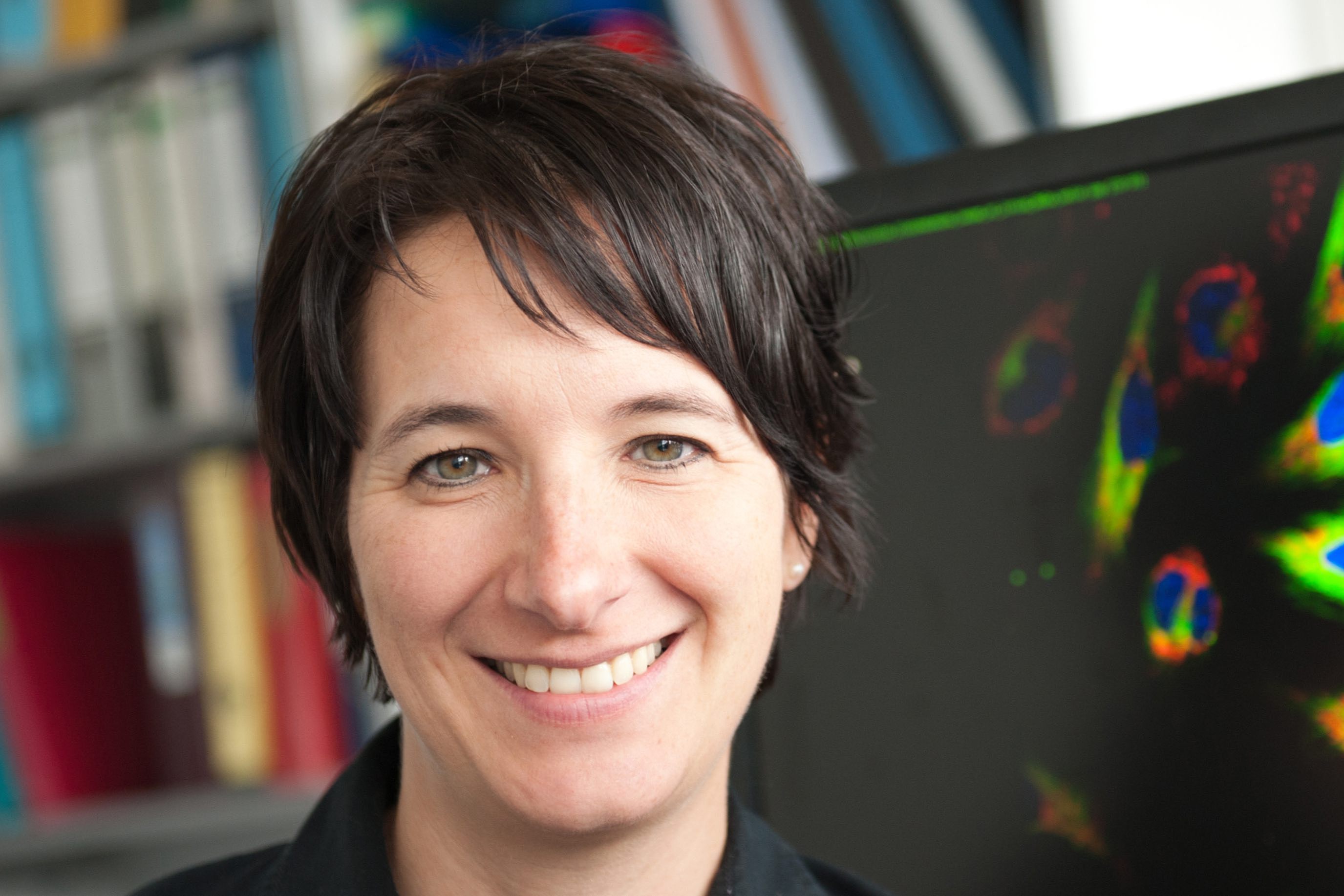
Aggregation of alpha synuclein (αsyn) and related toxicities play a central role in the development of Parkinson’s disease, dementia with Lewy bodies, multiple system atrophy and several neurodegenerative disorders, collectively referred as synucleinopathies. Recently, oligomeric and pre-fibrillar forms of αsyn have been identified as the toxic species in Parkinson’s disease. Until recently, αsyn was thought to exert its toxic effects intracellularly. However, new data from our own laboratory as well as from other groups support an alternative possibility: that some forms of αsyn are secreted from, and taken up by neurons, and that this extracellular αsyn may be a toxic species. Our goal is to understand the underlying mechanisms of secretion, uptake of αsyn oligomers into neighboring neurons and propagation of αsyn pathology.

The Dermatology and Allergology is part of the University Clinic Ulm. The research projects within the department cover a vast array of subjects, like the role of mesenchymal stem cells in normal and chronic skin would healing, skin ageing and SASP, the role of H2A deubiquitinase Mysm1 in lymphocytes and skin, or the involvement of fibroblasts in melanoma progression. Each project involves extensive in vitro and in vivo methodology, as well as working with patient samples.
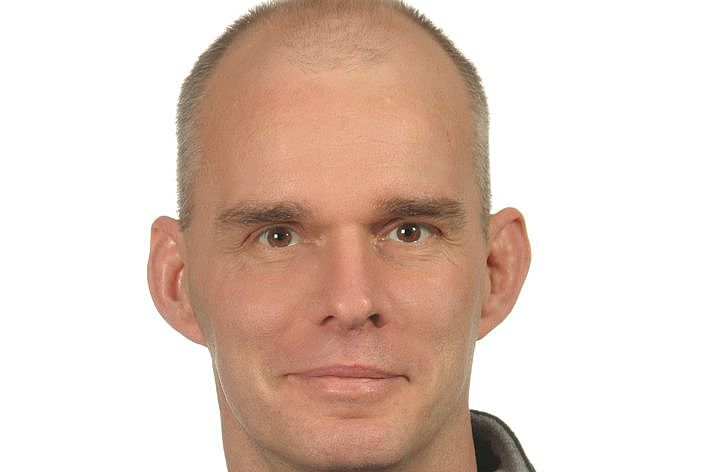
HIV-1, the major causative agent of AIDS, has infected more than 70 million people and caused around 35 million deaths (WHO 2015) worldwide. One of our research interests is how pandemic HIV-1 strains managed to counteract or evade all human immune defense mechanisms and to cause the AIDS pandemic. A particular focus is the discovery and characterization of so called “antiviral restriction factors” and their induction by viral sensing and the interferon system. We are also highly interested in the question why HIV-1 causes chronic inflammation and immunodeficiency in humans, while related simian immunodeficiency viruses (SIVs) replicate efficiently in their natural monkey hosts without causing immunodeficiency. Understanding the basis for the lack of disease progression in natural SIV infection might help to prevent inflammation and accelerated aging in HIV-1 infected humans.
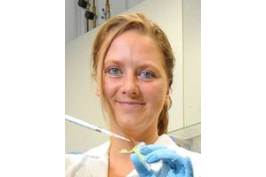
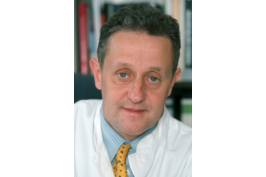
The Department of Neurology at Ulm University focuses its clinical and experimental work mainly on understanding the molecular mechanisms underlying such neurodegenerative diseases as Alzheimer’s, Parkinson’s and Huntington’s disease, frontotemporal dementias, and amyotrophic lateral sclerosis/motor neuron disease (ALS/MND). Structurally, it consists of a number of large outpatient clinics each serving their respective patient populations in addition to a clinical trial centre, which specializes in the clinical studies of selected groups of patients. There is also a gene and biobank, an inpatient clinic for acutely neurologically ill patients, and an experimental section in which more than fifty scientists work in ten basic neuroscience groups. These groups perform experimental research on the basic mechanisms of the diseases mentioned above.
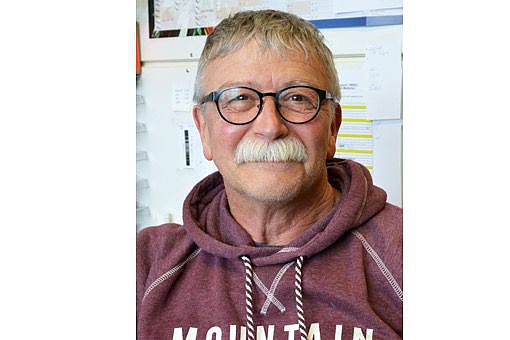
The main focus of the department of Internal Medicine I lies on gastroenterology together with hepatology gastroenterological oncology, metabolic diseases, endocrinology and nephrology. My working group established novel DNA- protein- and peptide-based vaccination strategies to induce T cell responses against viral, tumor and ´self´ antigens in different mouse models. In particular, antigens were designed that target endogenous ‘helper’ molecules (endogenous adjuvant) and thereby facilitate priming of cellular and humoral immune responses under difficult conditions. We use this knowledge to optimize conditions that induce protective anti-tumor immune responses (e.g. against pancreatic ductal adenocarcinoma), regulatory immune responses against autoimmunity (e.g. type 1 diabetes mellitus) and anti-viral immune responses (e.g. against chronic Hepatitis B Virus infection). Furthermore we investigate age-related changes in the regulation of murine T cell responses.
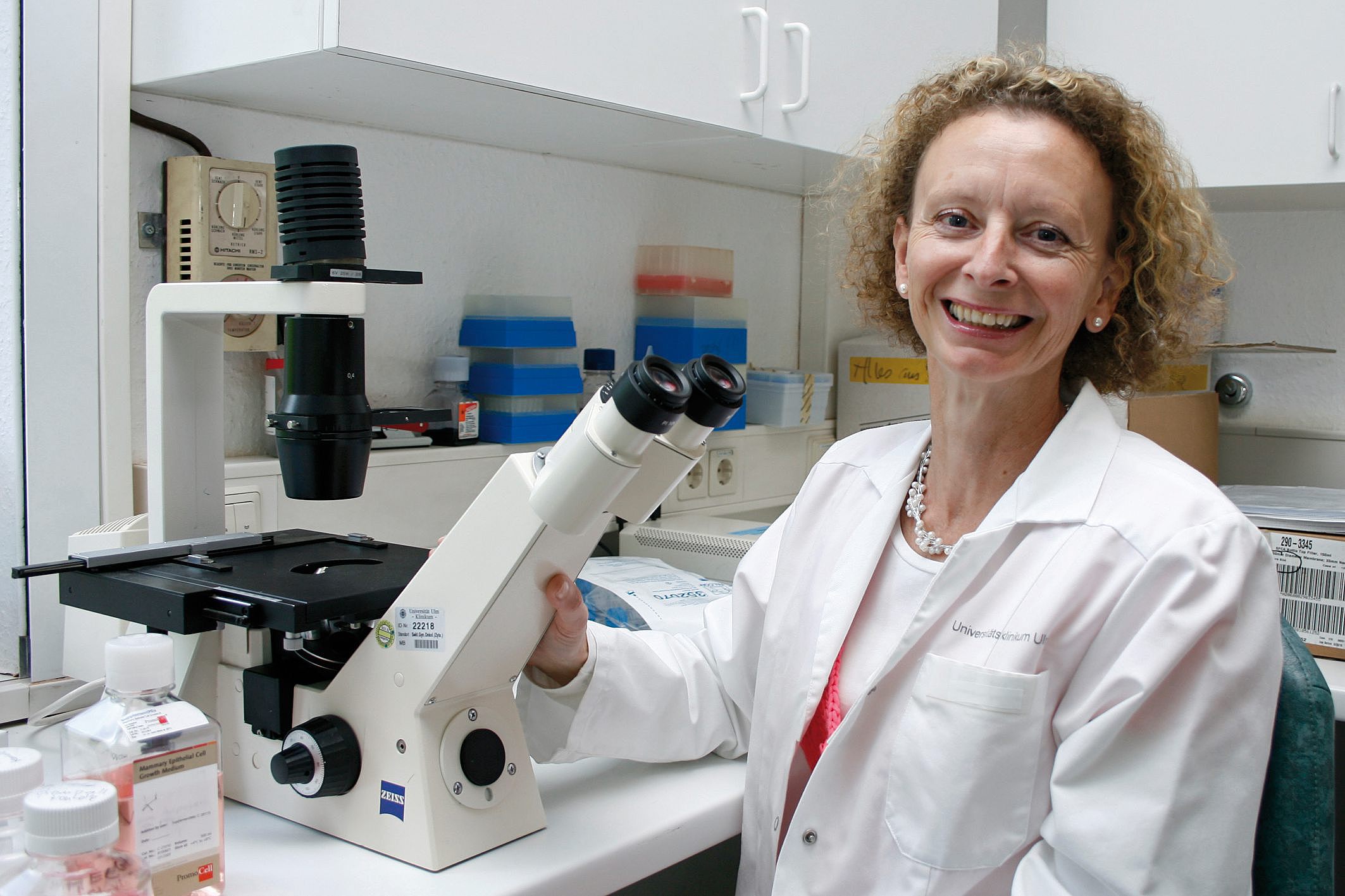
The Gynecological Oncology Section is interested in DNA repair, DNA recombination, DNA replication and genome stability in various contexts including aging. Our work profits from our fluorescence based model system for the detection of DNA rearrangements, which enables discrimination between different DSB repair pathways and additionally monitors repair fidelities. As this test system allows us to assess breast cancer susceptibilities, genotoxicities and chemo-preventive effects, it represents a promising tool for diagnostic applications. Currently we apply it to tumor tissue and peripheral lymphocytes of cancer patients versus healthy controls and high risk mutation carriers of various cancer types, which will hopefully enable us to develop a novel, functional cancer risk marker. Furthermore, our research dissects molecular pathways of the DNA damage response. Our recent discoveries of a novel, p53-dependent replication lesion bypass mechanism and replication stress dependent MLL (mixed-lineage leukemia) rearrangements inspired further work on mitochondrial DNA replication.

The research groups at the Institute of Physiological Chemistry analyze the molecular mechanisms of cellular differentiation. In addition, they study the consequences of deregulated signaling pathways in disease development and progression. The main signaling pathways investigated are the IKK/NF-kB pathway, the pathways resulting in modulation of FoxO transcription factor activity and the pathways targeting the transcription factor SRF.
